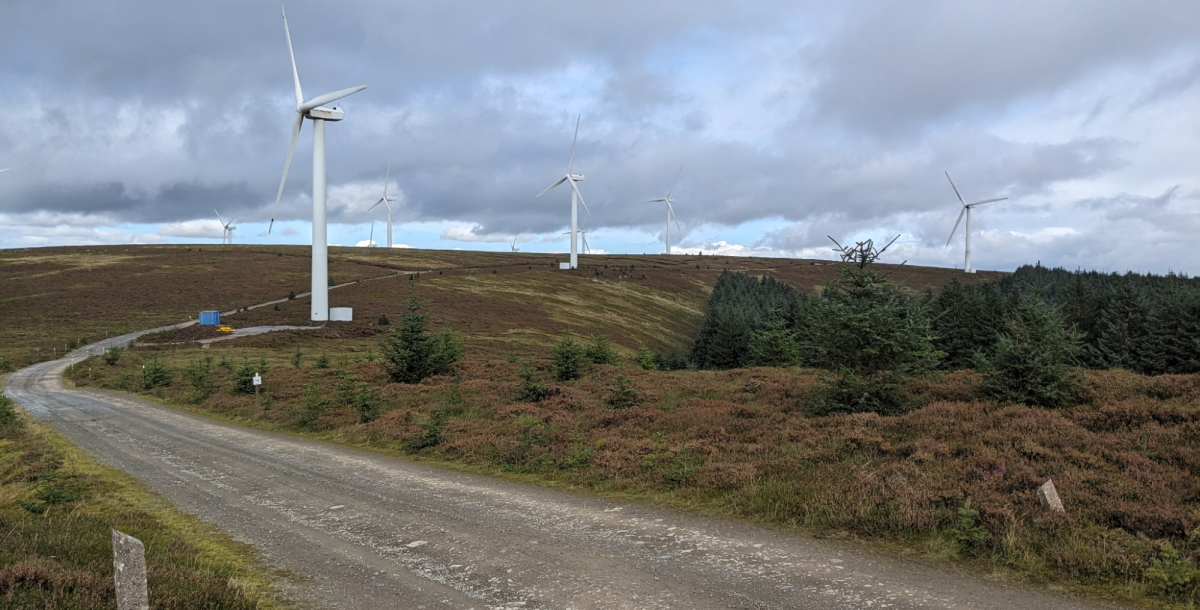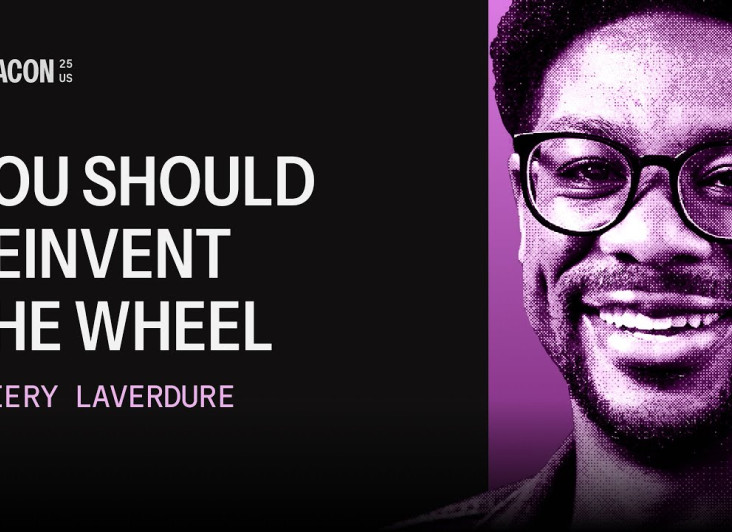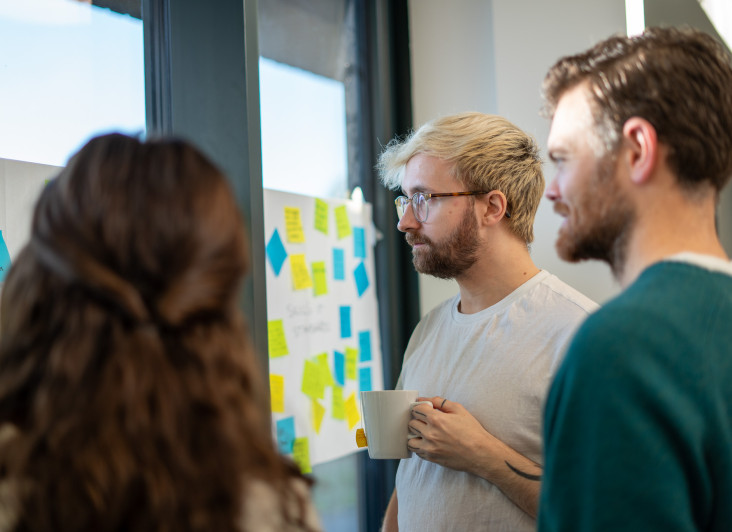The importance of a backup plan

If you’ve read my article on nutrition for long-distance cycling, you’ll have some sense of what cycling means to me.
At this point, I’ve done many longer rides on my own without issue. Sure, I’ve had minor crashes, but nothing resulting in more than a few scrapes.
I’m also someone who shares my location so loved ones can track my rides, even when they’re not in a position to do anything if something goes wrong (i.e., I’m on the other side of the country).
The plan
Going into a recent holiday in Scotland, I felt confident my usual arrangement was enough - with the addition of my family dropping and picking me up from the same place at a set time. We’d agreed that I would meet them back at a car park just outside Innerleithen a few hours after I set off.
We all thought it was a bulletproof plan: they could track me, I had my phone, and lines of communication were established.
It wasn’t until about halfway through the ride I realised it was not a bulletproof plan.
The collapse of a plan
After several hundred metres of climbing, I’d made my way up to Bowbeat Wind Farm (side note: wind farms are terrifying up close).
At this point, the ride was going well; I was making good time, and it looked like I would be back at the meeting point in time. However, I wouldn’t be writing this if everything went well.
It didn’t. In fact, it took a rather dramatic turn.
As I was coming back down the hill, I came across a section of very loose gravel just after a tight hairpin corner. My bike tyres lost grip and, as a panic response, I grabbed the brakes.
That was a poor choice.
I went over the handlebars and landed on the rough gravel. The bike quickly followed behind me, hitting me on the back of my head. I landed pretty hard but was protected by the helmet so, overall, I felt okay after the impact.
I sat up, collected myself, and checked over myself and the bike, before walking down the hill to a flatter section. As I got back on the bike and went to push off, my arm collapsed under me. Oh dear.
It was at this point I realised I couldn’t ride anymore. I needed to let my family know what had happened and organise a new pick-up place, so I checked my phone.
No signal.
It's fine, I thought. I’ll follow my route until I get somewhere with a phone signal. I’ve still got loads of time.
Off I went, pushing the bike along these gravel tracks. I kept checking my phone for a signal, but it never came. The agreed-upon pick-up time was rapidly approaching, and I couldn’t contact anyone - family, police, ambulance, mountain rescue, anyone. I was truly alone.
I was also still over 10 miles from the pick-up point.
I’d tried getting back on the bike several times, but each time, the sinking feeling that I’d caused a lot of damage to myself got heavier.
I kept going until I found a group of farmhouses. I tried waving down cars going to and from the houses, but none stopped. I even knocked on some doors, but with no response, I had to keep walking.
I met another cyclist who told me that nobody gets a phone signal here, and, “Go a bit further up the road and it smooths out. You’ll be fine to ride then”. To no one’s surprise, I wasn’t fine to ride on the smooth road.
The meet-up time had long gone, and I was still no closer to reuniting with my family.
I finally got to a junction, joining onto a minor road. I tried to flag down a car (with one arm), but they didn’t stop. I must’ve just looked like a weirdo in lycra waving maniacally at people. This was the case for another 30 minutes, which felt like an age.
It wasn’t until a very friendly man in a Land Rover pulled over and asked if I was alright. We bundled my bike in the back and I climbed in the front, and then we headed to the meet-up point.
Unsurprisingly, my family was distraught. They’d been trying to contact me for several hours and were in the process of calling the police when I arrived.
After some ‘words’ were exchanged, we went to the nearest hospital, where I found out I’d broken my elbow. It required surgery, and recovery would be a slow process.
Now, most people would take the events of that day and just move on.
But not me, so…
What went wrong?
Aside from the obvious ‘Don’t break your elbow’, there were several points of failure within our plan. As I go into each point, you’ll likely see parallels that can be made with almost any project.
1. Not all parties had the required information from the start
This one’s entirely on me.
I neglected to provide my family with an accurate breakdown of my route. This, when they were calling the police, presented a problem.
Naturally, the first questions from the police would’ve been: Where is he? Where was he last? Where is he going?
My family only had the answer to one of those questions - Where was he last?
Thankfully, it didn’t come to that, but it very easily could have.
2. A breakdown in communication
As mentioned above, my family knew where I was last via the Strava Beacon tracking. However, it’s reliant on having a mobile phone reception. This meant they knew where I was… about two hours before the crash.
Which isn’t particularly helpful.
In projects, a communication breakdown between parties can happen for any number of reasons, but it’s important to establish a backup means of communication.
While I had no phone reception on my bicycle ride, I had a clear view of the sky. So, in this situation, a satellite communicator would’ve worked as my plan 'B'.
3. Only planning for the best outcome
At no point during the planning process did we ever consider what we would do if something went wrong. And that goes for either side.
My family’s car could’ve broken down, or one of them could’ve fallen ill. I could’ve had a mechanical issue with the bike or had an even more serious crash.
We’d used our plan before with good results, so we assumed it would all be fine.
Nobody likes to plan for the worst because it often means imagining the worst thing possible, which isn’t something loved ones like to do.
But it’s needed.
Conclusion
So, think about a project you’re undertaking at work (or personally); what’s the worst thing that can happen during it?
Do you have a contingency plan? Does everyone involved have all of the needed information? Do they understand the risks?
It’s also worth having a chat with someone outside of your plan. They’ll likely pick up on anything you missed and throw in some left-field ‘What if?’ questions.
I hope this brief look into one of my worst days on a bicycle encourages you to think about your plans and ask yourself, 'What if?'
When it comes to planning, I’ll end on this quote from Mark Beaumont (Ultra-Endurance Athlete):
“What needs doing most is rarely the same thing as what you want to do.”
More Articles

Laracon US 2025 recap: Why “You Should Reinvent The Wheel” matters for your website
We attended Laracon US 2025 and Thiery Laverdure’s talk, “You Should Reinvent The Wheel,” challenged a common rule in web development. Careful reinvention can remove hidden complexity, speed delivery, and produce software that fits today’s needs.

Laracon US 2025 recap: What “Laravel Boost” means for your website
Laravel Boost brings safer, Laravel-aware AI into your project. It gives assistants real context like routes, schema, logs and versioned docs so small features ship faster, code stays consistent and debugging gets clearer.

Laravel Agency Pricing Models Explained (Fixed, Retainer and Time & Materials)
Why the cheapest quote could cost you more

